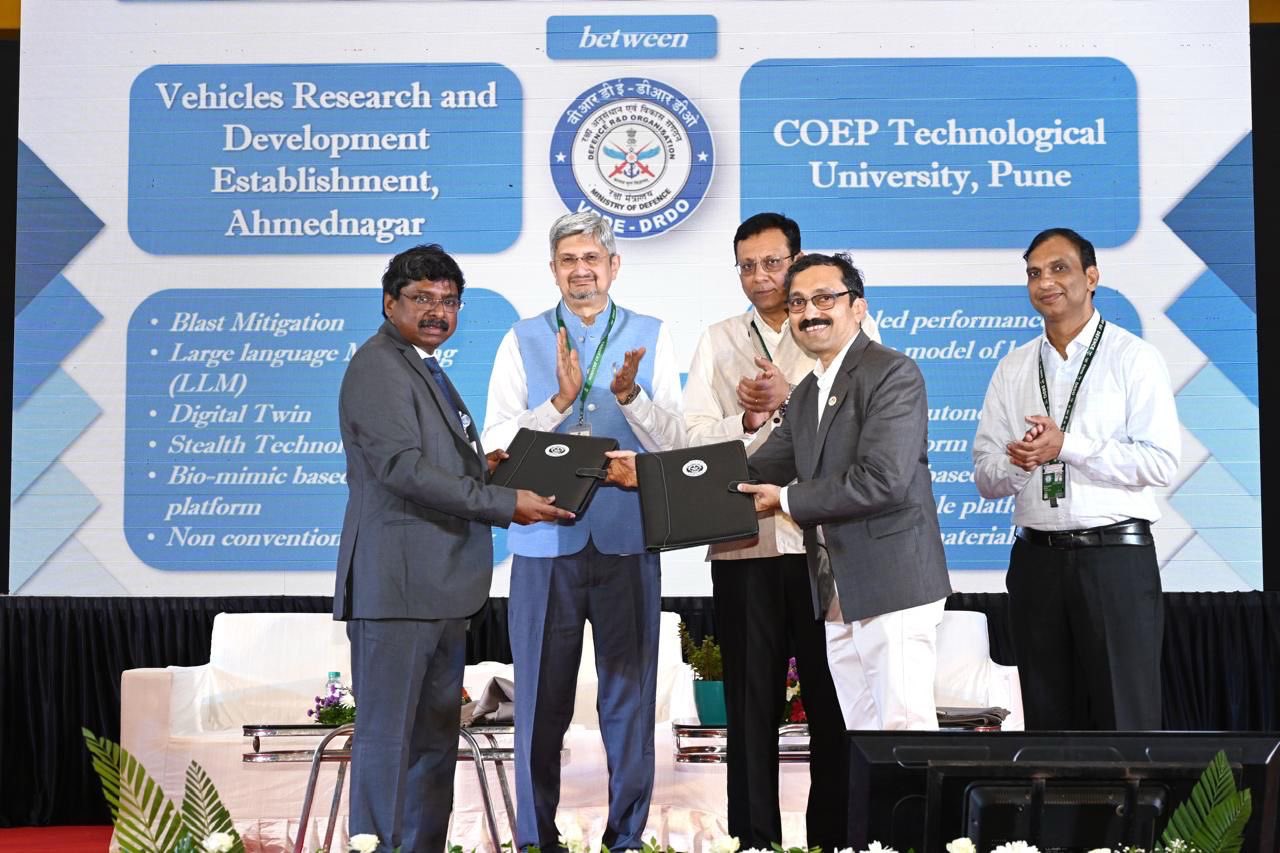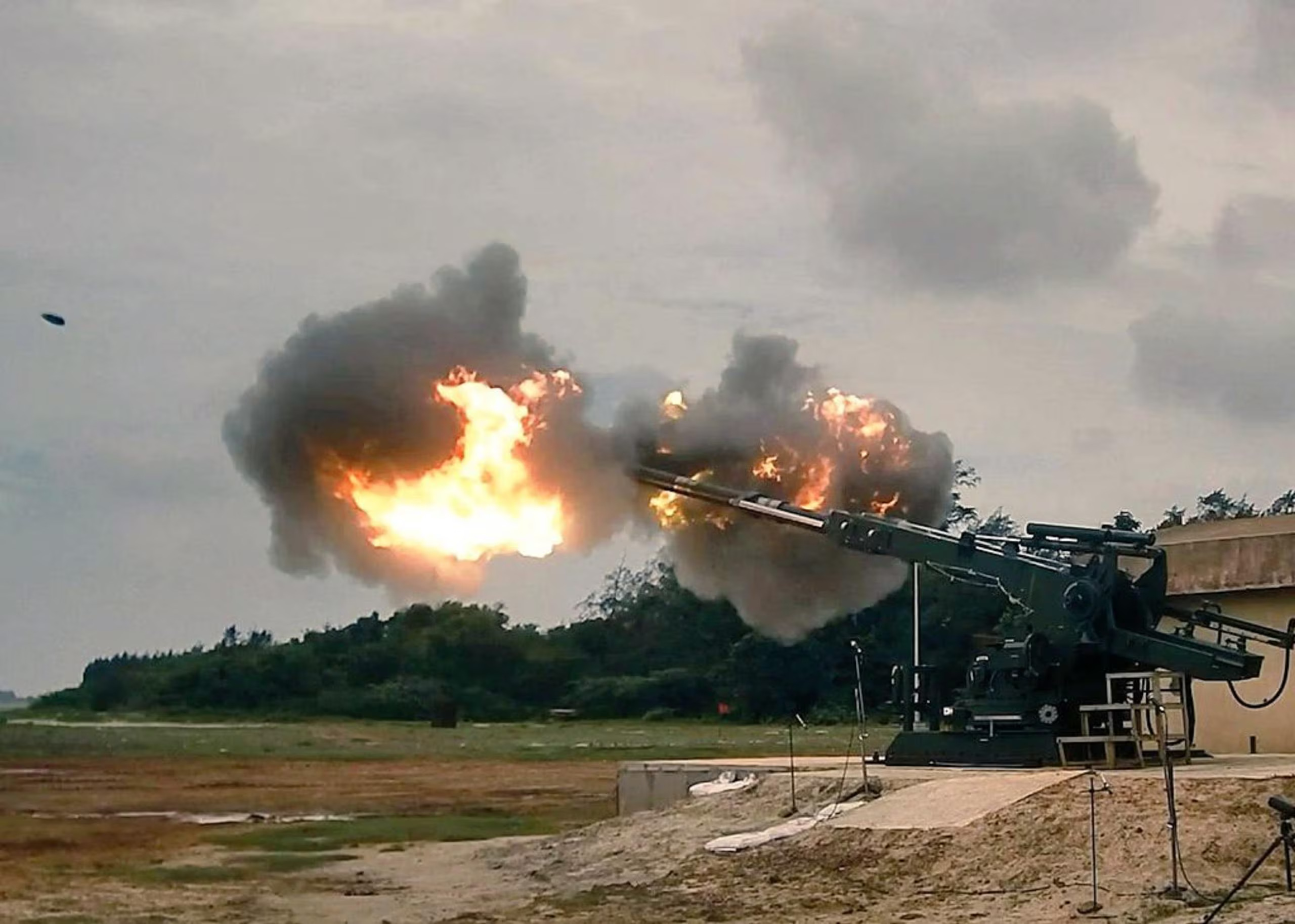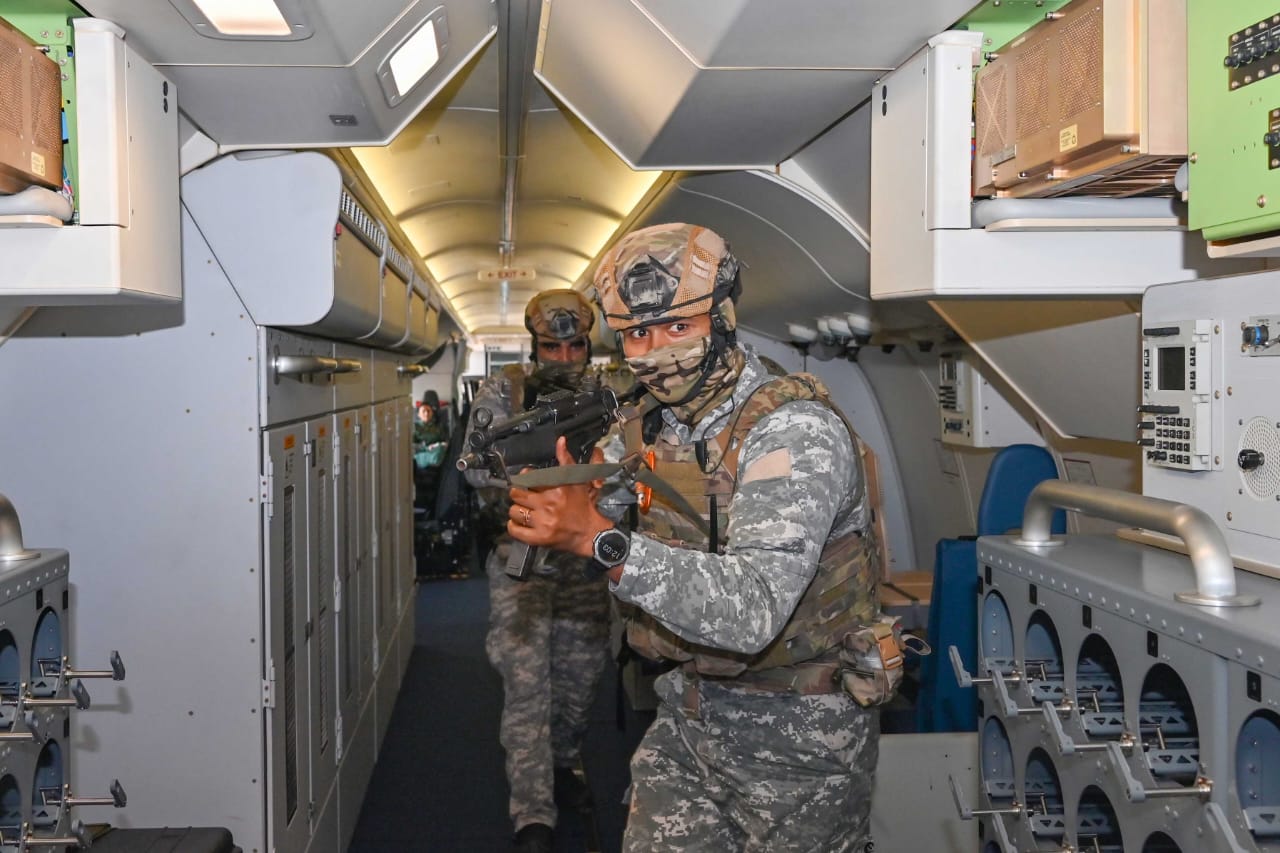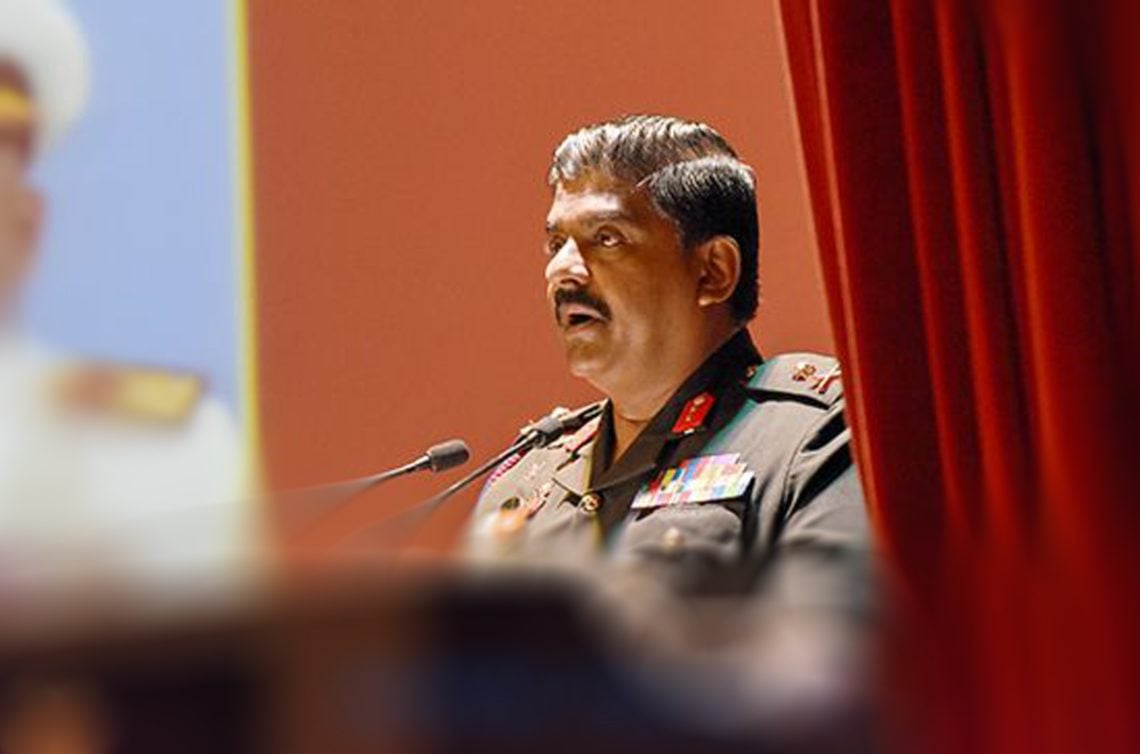IAF Executes Landmark Multi-Organ Transplant Mission
In an extraordinary act of medical coordination and military precision, the Indian Air Force (IAF), in collaboration with Command Hospital…
India Strengthens Defence Ecosystem with DRDO Technology Transfer
In a key step toward bolstering India’s defence self-reliance, the Defence Research and Development Organisation (DRDO) has transferred technologies for…
DRDO’s ATAGS Makes Global Debut with Armenian Induction
India’s Advanced Towed Artillery Gun System (ATAGS), developed by the Defence Research and Development Organisation (DRDO) in partnership with Kalyani…
MARCOS Lead Annual Anti-Hijack Drill at Dabolim Airport
The Indian Navy successfully conducted its annual anti-hijack drill on June 7 at INS Hansa, the naval airbase which also…
Sri Lankan Army Chief to Be Chief Guest at IMA Passing Out Parade on June 14
The Indian Military Academy (IMA) is set to hold its prestigious Passing Out Parade (POP) on June 14, 2025. This…
BSF And Bangladesh Forces Exchange Sweets On Eid-al-Adha
In a touching celebration of peace and mutual respect, personnel of the Border Security Force (BSF) and the Border Guard…






